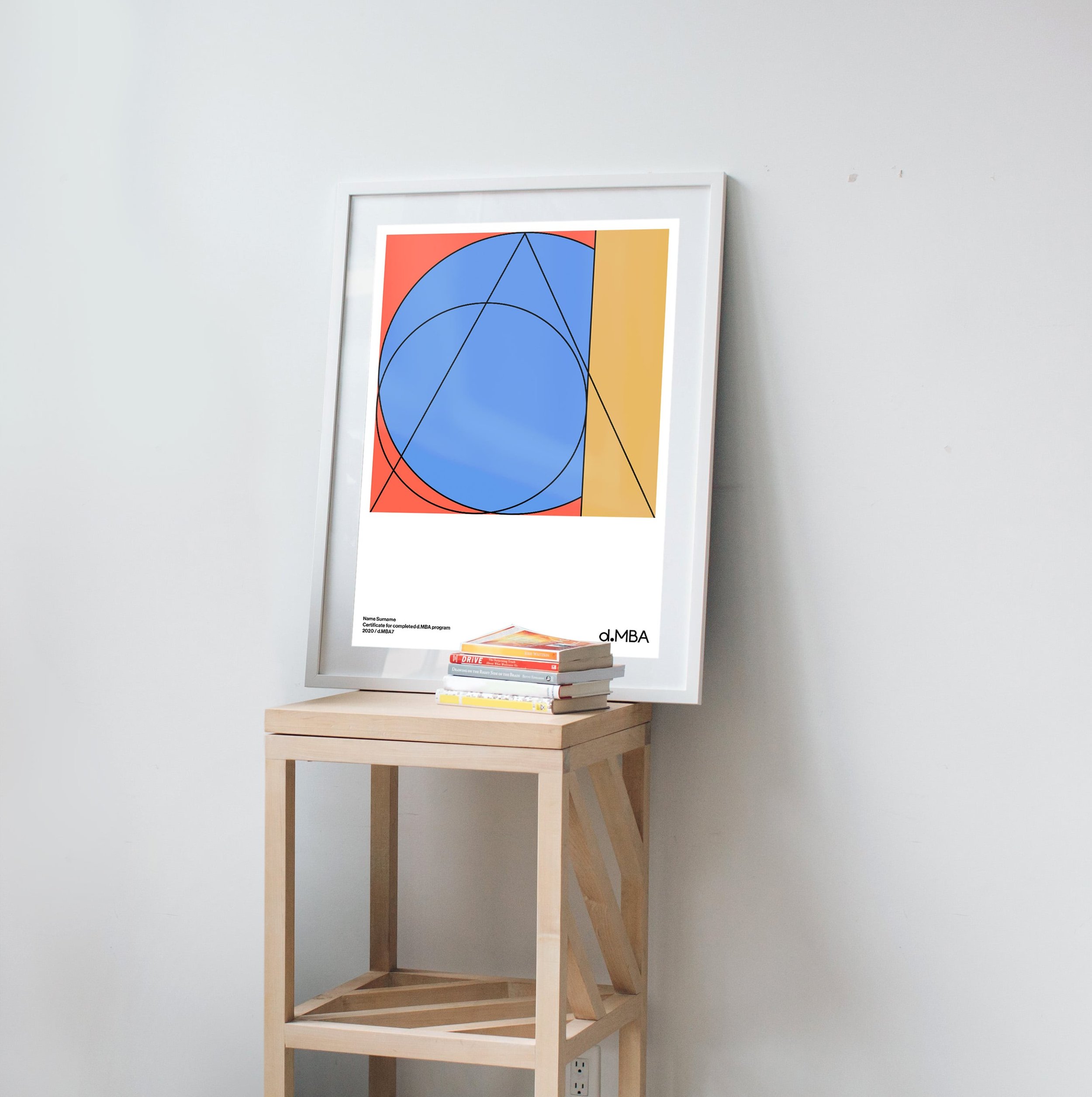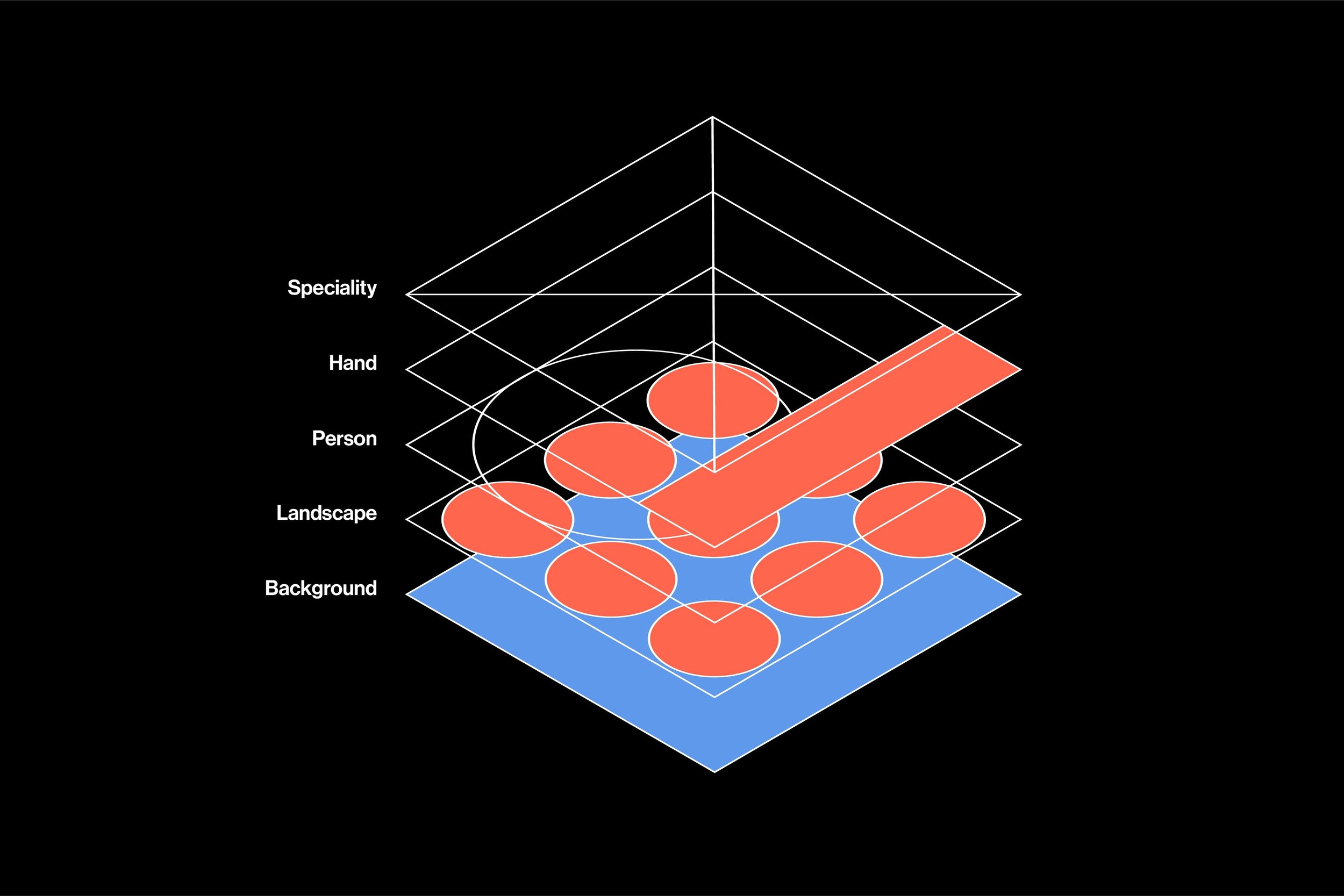School certificates for the digital age
School certificates and diplomas used to represent a sense of pride and accomplishment. Something worth a permanent place in our physical space. Our parents framed and hung their diplomas on the walls.
And what happens with certificates today?
The best-case scenario is taking a screenshot of them and sharing them on social media. However, more often than not, they are just forgotten in some dark corner of our computers and apartments.
And they are also easily faked. There has been a growing industry of so-called diploma mill companies. It is estimated that bogus degrees are a billion-dollar industry. This is not a small problem. Fake diplomas pose risks to the legal system, public safety, and hiring processes.
This problem even affects boutique educational providers like the d.MBA. We frequently have to report LinkedIn users that falsely claim they have taken and finished our program.
So, we asked ourselves what school certificates should look like in the digital and blockchain age? What would a new generation of students love to put on their walls? And how could these certificates actually be undisputed proof of completion?
We are happy to announce that the d.MBA recently launched NFT school certificates using a combination of blockchain technology and generative art. The goal is to make school certificates trustworthy and wall-worthy again.
The results are unique, beautiful, and trustworthy certificates. It’s what we call digital-native and blockchain-native certificates. Upon completion of the d.MBA, each student receives a unique certificate, which they can print and frame on their wall as well as mint and store into their crypto wallet to prove their credentials.
As our announcement on social media got a surprising amount of response, we decided to share how we approached the project and how other schools can adopt a similar certification scheme. Below, we cover the most frequently asked questions, which explain all facets of the digitally-native and blockchain-native certificates.
FAQ
How were certificates designed and generated?
We worked together with the branding agency Ljudje to create a system that would generate a few hundred unique certificates. The goal was to create pieces of art that are unique but still belong to the same collection. So, when you look at them, you get the feeling that they belong to the same family – d.MBA community.
The result is a concept based on d.MBA’s visual language (geometric shapes and colors), d.MBA’s logo (representing a student with a raised hand, which is an analogy for a designer with a voice in the business boardroom), and a 4x4 grid.
This is translated into a combination of five layers. First, there are five different background colors. Then, there is a landscape element (e.g. polka dot, triangle, square peg, etc.). The third and fourth layers symbolized d.MBA’s logo (student’s head and raised hand), which comes in different color combinations. The final layer is what we call a specialty trait and is applied only to a certain percentage of the certificates (e.g. parallel line, concentric circles, etc.).
How are certificates minted?
Artistic NFTs are usually minted by collectors in the initial drop. However, school certificates require a different paradigm.
The d.MBA certificates can only be minted through a student’s hard work, completing d.MBA’s 6-week program. In other words, d.MBA certificates represent Proof of Effort.
As we currently organize d.MBA twice a year, it means that new certificates will be minted and added to the collection twice a year. Usually in early May and early November.
How are certificates issued to students?
Once a d.MBA student completes the program, they receive three things:
PDF that combines artwork and student’s name - for printing and hanging on the wall
JPG that combines artwork and student’s name - for digital sharing (social media, etc.)
NFT that is an artwork without the mention of a student’s name - recorded and stored on blockchain
Each student is randomly assigned a unique certificate upon completing a program. The d.MBA team then prepares the PDF and JPG with a student's name and sends both assets directly to a student's email.
The NFT version is claimed by a student when they share their wallet address. The d.MBA team lists minted certificates on OpenSea under the official d.MBA collection. The claimed certificates are sent to the student's wallet as a gift at no additional cost for students. Gas fees for recording the transaction on the blockchain are covered by the d.MBA.
How can someone really prove that they have done the d.MBA program?
Here, we are publicly announcing our crypto wallet address. So, if someone can prove that they have received an NFT token directly from the address below, they have completed the program.
Our crypto wallet address: designmba.eth or 0x95F72EDA8B3fBc313c3C95991bBF8Bfc27fE09c6
Are d.MBA NFTs transferable?
After much back and forth, we have decided to make the NFT version of d.MBA certificates transferable. We believe that certificates can also be a form of art. So, we wanted to let our students (or broader public) collect certificates as digital art.
You know how sometimes schools provide a gift along with a diploma? For example, students receive a nice book or flowers. We can think about the d.MBA’s NFT the same way. It’s an additional gift provided by the d.MBA to our graduates.
And as mentioned above, holding the d.MBA’s NFT does not prove that someone has finished the program. Proof of completion is a transaction on a blockchain that proves someone has received an NFT directly from the d.MBA’s wallet.
Is there any additional utility of holding d.MBA’s NFT?
Not at this moment. Membership in our alumni community is still reserved for designers who have finished the program.
However, we are still exploring other options. Depending on how the design community reacts to this project, we may add benefits for NFT holders.
What chain are you using?
We are using Polygon PoS, an Ethereum sidechain that offers low transaction fees and is friendly to the environment.
How many certificates have been generated?
There are exactly 1677 certificates. The generative art software generated 1999 versions but we excluded the ones with weird combinations and bugs (fully black, fully white, etc.).
What happens when you run out of certificates?
We will go back to the drawing board and create the second collection, which will have different traits as the first one. They will be clearly marked and bundles under a separate collection.
Is that a good way to issue certificates?
We’ve spent more time on this project than it probably makes business sense. We went down numerous rabbit holes, looking for the right way to launch this project.
Some of you, especially if you are technologically-minded, may feel that our solution could be technologically more elegant. We agree. But we deliberately tried to avoid solutions that would make such school certificates even harder to implement for educational providers.
Furthermore, the crypto ecosystem is developing super fast. So, what may look like the best solution today may be a step in the wrong direction retrospectively. This approach allows us to be more open to developments in this space over the next few years. Who knows, maybe there is even a platform that will solve exactly the problem of fake diplomas.
And yes, we would love to hear your thoughts and questions. We are still super early in the digital-native and blockchain-native school certificates so let’s co-create this space together.




